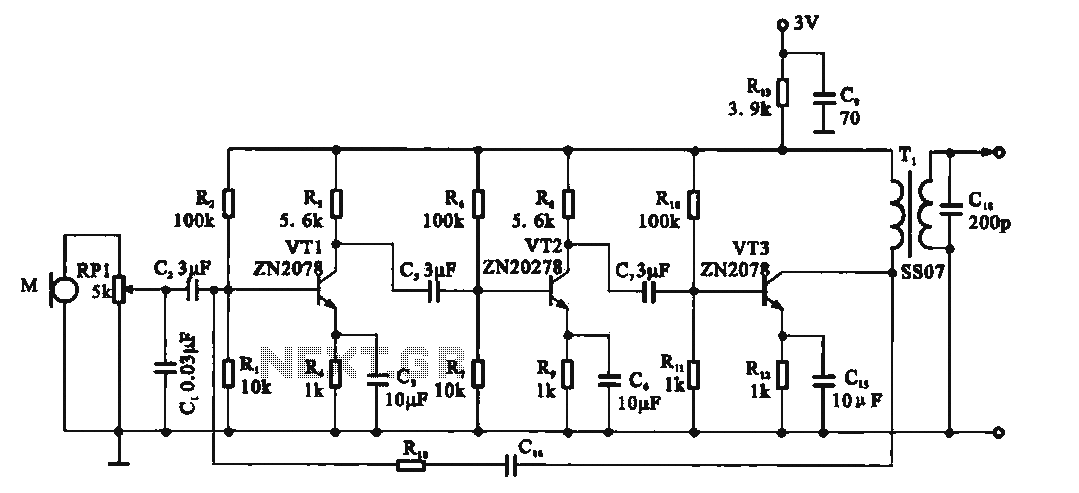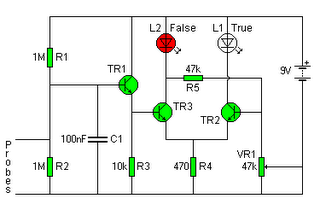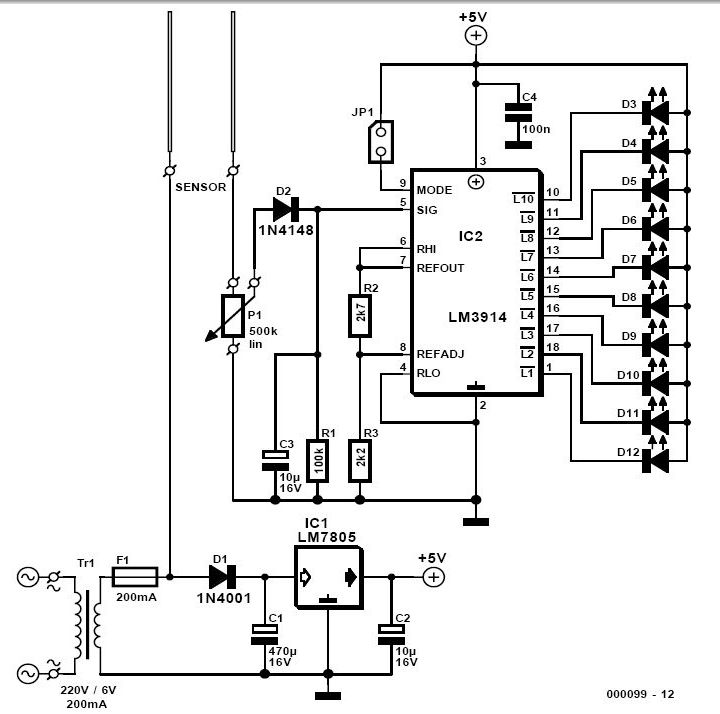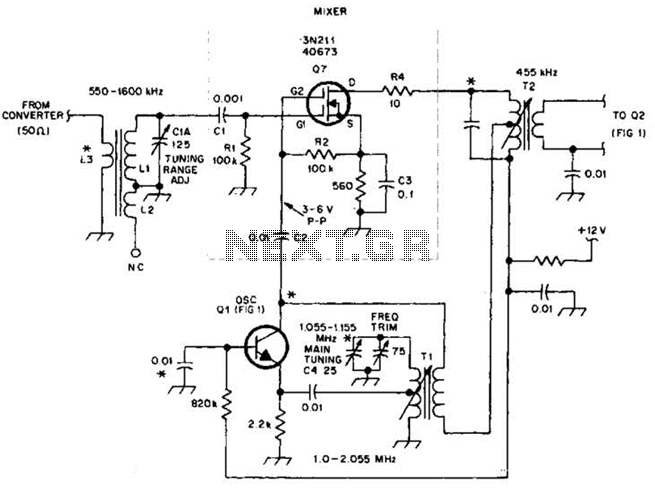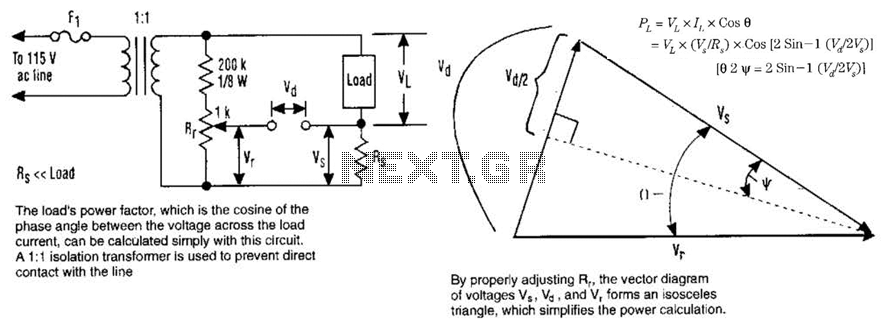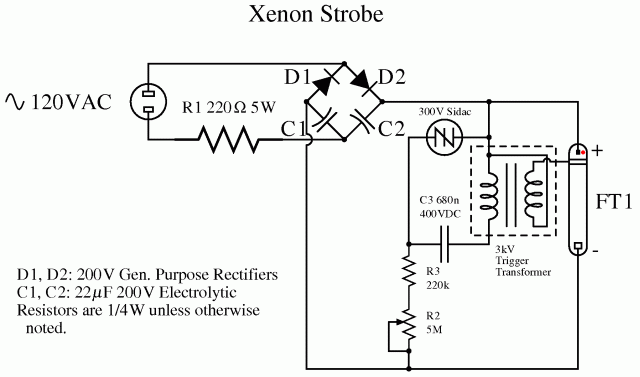
Adjustable voltage with adjustable current limit circuit
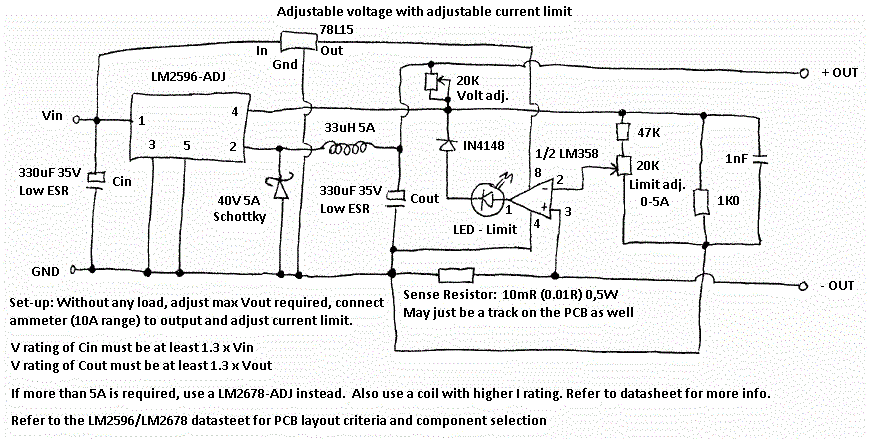
This site serves as a collection of useful information that the author wishes to retain, with the occasional inclusion of pages that may be of interest to others. The author has documented the retrofit of the Boxford 125 TCL CNC Lathe, though this information is outdated due to subsequent modifications. The author has a keen interest in observing machines operating autonomously under computer control, which has led to experimentation with various CNC machines. Professionally, the author develops software for McAfee, specifically working on Endpoint Encryption, which provides full disk encryption services. The work involves writing preboot code and drivers for PCs running Windows, Linux, and Mac OS. Most of the development is done in low-level programming languages such as C and assembler. In addition to professional projects, the author engages in personal projects at home, often for enjoyment or personal utility, typically on PC platforms but occasionally extending to custom hardware like PIC microcontrollers. This section contains snippets of information that the author wishes to preserve, though the usefulness to others may be limited.
The circuit design and implementation of a CNC (Computer Numerical Control) system, such as that of the Boxford 125 TCL CNC Lathe, involves a variety of components and subsystems that work together to achieve precise control over mechanical operations. The core of the system typically includes a microcontroller or a dedicated CNC controller board that interprets G-code commands, which are generated by CAD/CAM software.
The CNC controller interfaces with stepper motors or servo motors that drive the lathe's axes. Each motor is connected to a motor driver circuit, which amplifies the control signals from the microcontroller to provide sufficient current and voltage to drive the motors. The choice between stepper and servo motors depends on the required precision and the load characteristics of the application.
Power supply design is critical in ensuring that the CNC system operates reliably. It must provide stable voltage and current to all components, particularly during peak loads when the motors are under heavy torque. Filtering capacitors and voltage regulators are often employed to smooth out power supply fluctuations.
Feedback systems, such as encoders or limit switches, are also integral to the CNC lathe design. Encoders provide position feedback to the controller, allowing for closed-loop control, which enhances accuracy and repeatability. Limit switches are used to prevent the machine from exceeding its physical limits, thereby protecting both the machine and the workpiece.
The software aspect of the CNC system involves not only the firmware running on the microcontroller but also the user interface that allows operators to input commands and monitor the machine's status. This may include real-time display of motor positions, speed settings, and error messages.
Overall, the design of a CNC lathe system is a complex interplay of hardware and software, requiring careful consideration of electrical, mechanical, and programming elements to achieve the desired performance and reliability.This site is primarily for me to collect together things that I find useful that I don`t want to forget but occasionally I may put together some pages that others may find interesting. Please have a browse and see what you can find. I tried to make the effort to document my retrofit of the Boxford 125 TCL CNC Lathe. It`s horribly out of date as I `ve now refitted the machine again but someone may find it interesting. I like to watch machines seemingly working by themselves being controlled by a computer. That`s why I`ve played around with a couple of CNC machines. Take a look at these machines: I make a living writing software for McAfee. I don`t work on the antivirus products, I work on Endpoint Encryption which provides full disk encryption services. My work generally involves either writing preboot code (before the operating system starts) or drivers and the like for PCs running Windows and Linux as well as for the Mac, which I`m currently working on.
This means I spend most of my time writing low level code in C and assembler. Exactly what I like doing! As well as writing software for work, I quite often start my own projects at home, normally just for fun or to make something that is useful to me (but not normally to anyone else!). These projects normally run on some sort of PC platform but occasionally spill onto some custom hardware such as a PIC microcontroller.
In this section you will find snippets of information that I have been collecting that I don`t want to forget. You may find something useful here but I doubt it. 🔗 External reference
The circuit design and implementation of a CNC (Computer Numerical Control) system, such as that of the Boxford 125 TCL CNC Lathe, involves a variety of components and subsystems that work together to achieve precise control over mechanical operations. The core of the system typically includes a microcontroller or a dedicated CNC controller board that interprets G-code commands, which are generated by CAD/CAM software.
The CNC controller interfaces with stepper motors or servo motors that drive the lathe's axes. Each motor is connected to a motor driver circuit, which amplifies the control signals from the microcontroller to provide sufficient current and voltage to drive the motors. The choice between stepper and servo motors depends on the required precision and the load characteristics of the application.
Power supply design is critical in ensuring that the CNC system operates reliably. It must provide stable voltage and current to all components, particularly during peak loads when the motors are under heavy torque. Filtering capacitors and voltage regulators are often employed to smooth out power supply fluctuations.
Feedback systems, such as encoders or limit switches, are also integral to the CNC lathe design. Encoders provide position feedback to the controller, allowing for closed-loop control, which enhances accuracy and repeatability. Limit switches are used to prevent the machine from exceeding its physical limits, thereby protecting both the machine and the workpiece.
The software aspect of the CNC system involves not only the firmware running on the microcontroller but also the user interface that allows operators to input commands and monitor the machine's status. This may include real-time display of motor positions, speed settings, and error messages.
Overall, the design of a CNC lathe system is a complex interplay of hardware and software, requiring careful consideration of electrical, mechanical, and programming elements to achieve the desired performance and reliability.This site is primarily for me to collect together things that I find useful that I don`t want to forget but occasionally I may put together some pages that others may find interesting. Please have a browse and see what you can find. I tried to make the effort to document my retrofit of the Boxford 125 TCL CNC Lathe. It`s horribly out of date as I `ve now refitted the machine again but someone may find it interesting. I like to watch machines seemingly working by themselves being controlled by a computer. That`s why I`ve played around with a couple of CNC machines. Take a look at these machines: I make a living writing software for McAfee. I don`t work on the antivirus products, I work on Endpoint Encryption which provides full disk encryption services. My work generally involves either writing preboot code (before the operating system starts) or drivers and the like for PCs running Windows and Linux as well as for the Mac, which I`m currently working on.
This means I spend most of my time writing low level code in C and assembler. Exactly what I like doing! As well as writing software for work, I quite often start my own projects at home, normally just for fun or to make something that is useful to me (but not normally to anyone else!). These projects normally run on some sort of PC platform but occasionally spill onto some custom hardware such as a PIC microcontroller.
In this section you will find snippets of information that I have been collecting that I don`t want to forget. You may find something useful here but I doubt it. 🔗 External reference
